The next job on Project ’93 K1500 came as an upgrade to existing components rather than adding more to the truck. Since the two winches on the truck have been around since the beginnings of Project ’93 K1500, (over five years) I decided it was time for an upgrade. After doing a lot of research on the internet I decided to go with T-Max. It seems that there wasn’t anyone out there that had complained about T-Max in any way, shape or form. Not only that, but there are a lot of competition rigs out there that run T-Max and price-wise, they beat out most of the competition. I received the winches faster than I expected and while installing them, managed to replace my instructions for the back winch and had no trouble getting them on the phone to walk me through it. For the winch in the front I got one of their EW-9000 Outback Series Winches. This would be capable of a 9000 lbs. pull in a single line. One very special feature of this particular winch was its integrated Wireless Multi-Control. This feature allows you to disconnect the wire connecting the controller to the solenoid box and then keep controlling the winch wirelessly! When installing, I was fortunate to be replacing the existing winches so I will jump through this kind of quick.
With the synthetic line removed I then unbolted the four bolts underneath that attached the winch to the winch-plate.
Next, I removed the wires from the battery and pulled the old winch and set it off to the side.
With that out of the way, I set the new T-Max winch into place and checked to see that all the mounting holes on the plate lined up correctly. After that, I modified the placement of the solenoid pack so that it was sitting further back towards the grill to give it some added protection.
Once all the wires were hooked up in the proper locations, I bolted the winch back down onto the mounting plate and respooled the synthetic winch line back on. With the front winch complete, I moved on to the back winch. For this I am using T-Max’s EW-6500 Off-Road Series Winch. Also, I am trying out the other version of wireless controller that is more common out on the trails. It uses a control box that you hook up to the solenoid housing which allows you to use a keychain-style remote to control the winch. Although this is an effective wireless control, you can just as easily purchase the T-Max Boomer Box with the integrated wireless control, which is the solenoid box featured on the Outback Series Winch I installed in the front. Not only is the T-Max Boomer Box much more reliable than other solenoid packs, it can be adapted to most other brands of winches that sport the three-wire leads.
After removing all of the wires from the old winch, I unbolted the winch from its mounting plate between the frame rails.
Next I set the new T-Max winch into the mounting plate and checked to see that the mounting holes all lined up correctly. Thankfully the mounting plate was pre-drilled with the most common winch dimensions since the EW-6500 is a bit smaller than the existing winch I had there.
With the new T-Max set into place I then modified the mounting set-up for the solenoid pack a bit so that it would fit into the compartment under the bed. Then I ran the wires to the corresponding terminals on the winch, and to the positive and negative leads, coming from the battery.
Now that everything was hooked up I checked the wireless key chain system to be sure it was functioning correctly. With everything working, I switched out the steel cable with the synthetic line off of the old winch. I did manage to get the truck out for a short outing in Illinois at a local Mud Fest and test out the front winch. It performed well on its first pull, which was rather difficult. Also, the Wireless Multi-Control functioned great and allowed us to stand at more than a safe distance away. I will get out to a weekend-long event probably sometime soon after the New Year and put together a more comprehensive review of how everything is working out - including the rear winch. IHowever, after roughing around a bit at the mud fest I am definitely looking forward to getting out and running some more serious trails. |
Follow @Off-Road

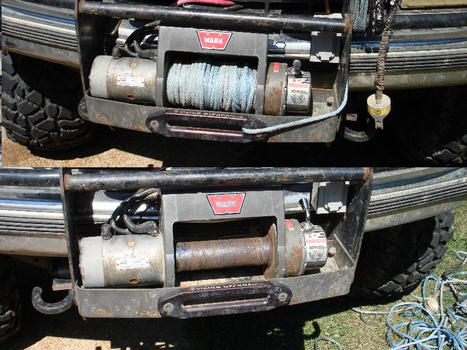
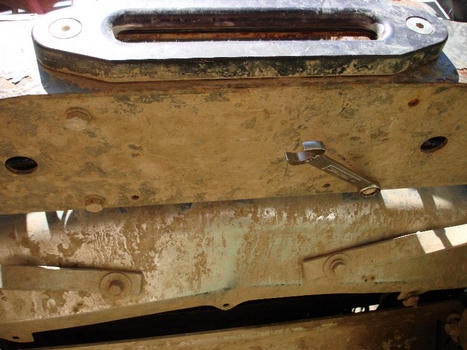
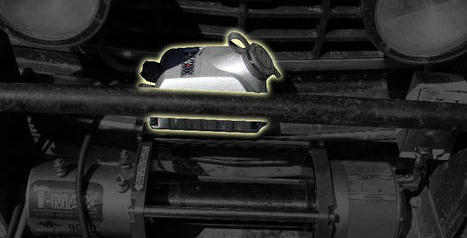
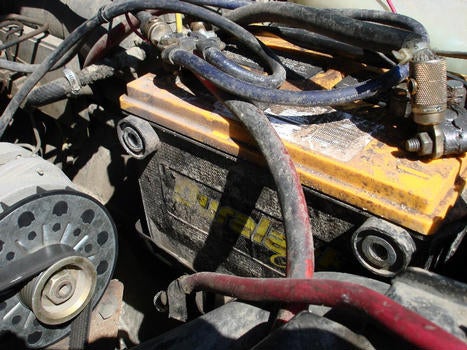
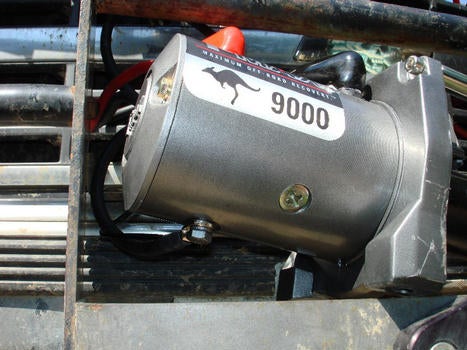
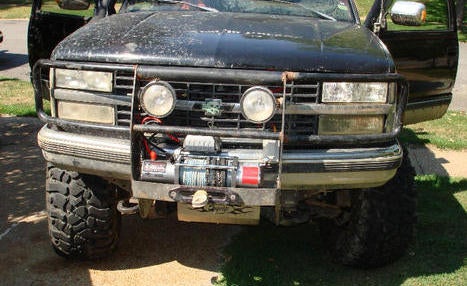
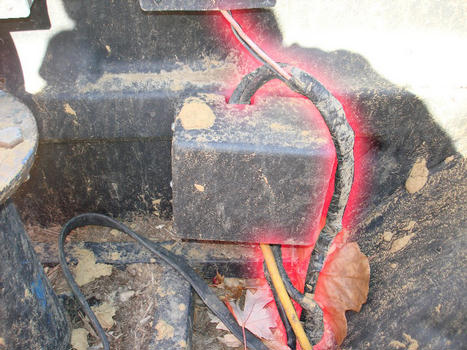
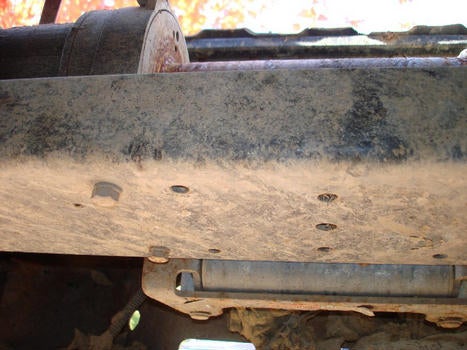
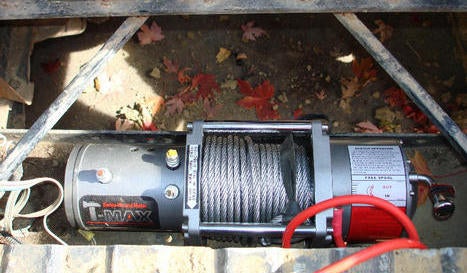
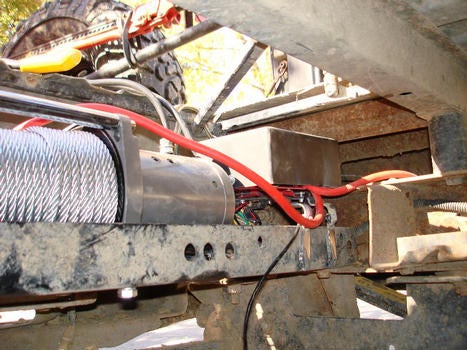
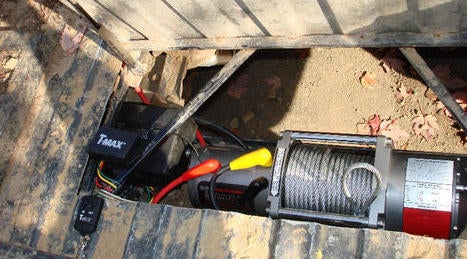

 Your Privacy Choices
Your Privacy Choices